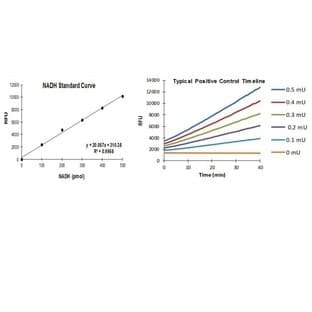
Supplier:
Alomone Labs Limited.Cat no: M-200
BUY MT-7
The muscarinic receptors are widely distributed throughout the body, but are predominantly expressed within the parasympathetic nervous system and exert both excitatory and inhibitory control over central and peripheral tissues.
Muscarinic receptors participate in a number of physiological functions such as regulation of heart rate, muscle contraction, cognition, sensory processing and motor control. They also participate in learning and memory processing.
MT-7 is a 65 amino acid peptide toxin isolated from the Dendroaspis angusticeps (Eastern green mamba). It was first found to inhibit M1 muscarinic receptors stably transfected in CHO cells at very low concentrations (1-30 nM)6 and acts as a non-competitive antagonist by binding to an allosteric site.
MT-7 binding studies using a M1 and M3 chimera demonstrated that the high affinity of MT-7 towards M1 receptor is due to only three residues located in the 2nd and 3rd extracellular loops of the receptor7.
Prices direct from Alomone Labs Limited.
Quick response times
Exclusive Absave savings/discounts
Latest promotions
Buy any polyclonal or monoclonal antibody from our extensive range of pre-made antibodies and for a limited time only receive a $50 discount!(T&C apply:...
New brilliant antibodies, and new lower prices!For flow cytometry reagents in general, \"bright is better.\" The violet-excitable BD Horizon™ BV421 and...
10% Discount on 2 Rabbit Polyclonal Antibody Service. With over 20 years experience, SDIX has developed into the premier US custom antibody producer,...
For the past decade scientists have extensively used ATS secondary toxin conjugates to make their own targeted toxins for in vitro use.The ability to combine...
We're so sure that you'll prefer Cayman Assay kits over your present brand that we're willing to give you a free assay kit to prove it!
Did your supplier increase the price of Fetal Bovine Serum? Did they substitute the US Origin with USDA? Well say no more! Innovative Research is still...
Bulk Cytokines with Custom Vialing.20 - 50% off cytokines, growth factors, chemokines and more...For a limited time Cell Sciences is offering substantial...
Are you planning to have a customised antibody made for your research?Since 2000, Everest has been producing a catalog containing thousands of affinity...
Top suppliers
Agrisera AB
11 products
Biotrend
Biosensis
969 products
ABBIOTEC
3011 products
SDIX
1 products
Spring Bioscience
2291 products
Cell Signaling Technology
4976 products
Rockland Immunochemicals, Inc.
7592 products
Boster Immunoleader
1533 products
OriGene Technologies Inc.
5281 products
Maine Biotechnology Services
227 products
BD (Becton, Dickinson and Company)
1 products
ABNOVA CORPORATION
Randox Life Sciences
1502 products
















